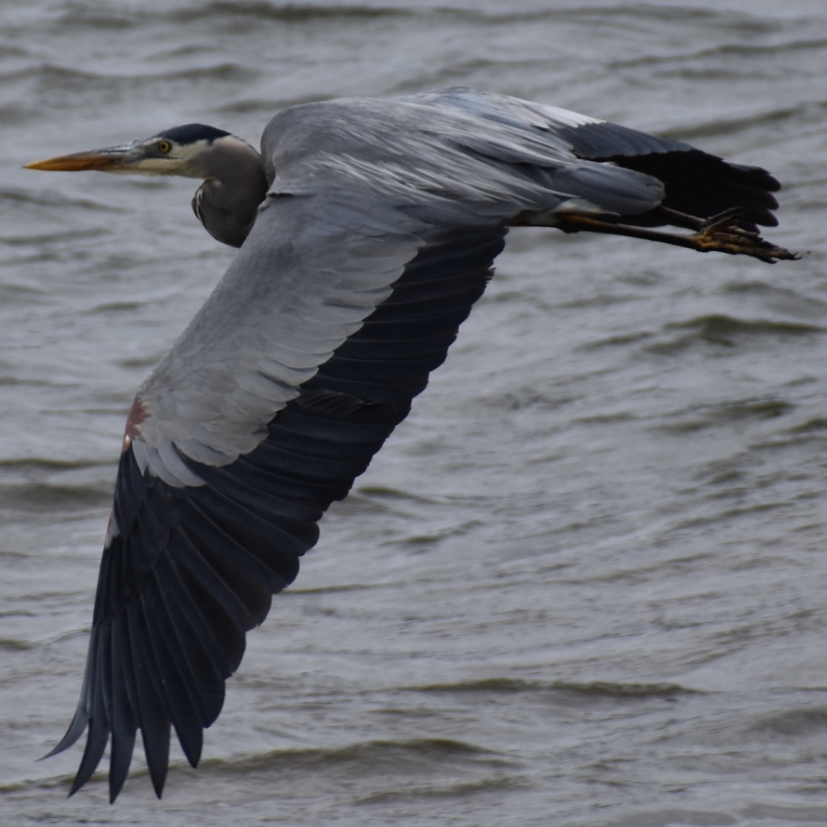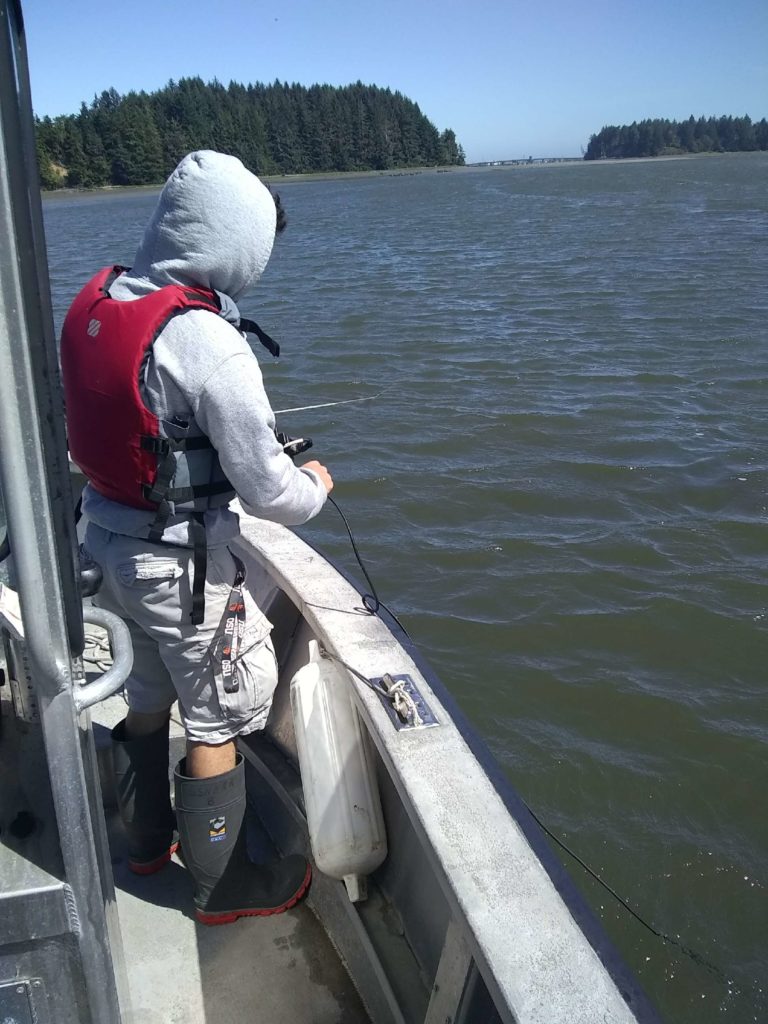Reflection:
This summer, as the cliché goes, went by “in the blink of an eye.” I had a lot of fun at the Slough, and being there every other week truly felt like going on vacation. I have had a hectic schedule this summer to say the least, but working once again with the South Slough staff was a pleasure. While last summer’s internship largely prepared me to have success right away for this year’s science camps, I certainly became a more confident educator through my additional exposure to leading camps this summer.

Did this internship affect my future career choices?:
My experience this summer did not affect my career path, but my overall time as an Oregon Sea Grant intern at the South Slough certainly has. I am in the process of applying to Wildlife Ecology PhD programs and hope to pursue a career in academia, research, and wilderness management. My time at SSNERR has also motivated me to pursue educational outreach opportunities in the future, whether that be as a volunteer or through occupational means. I am a passionate student of ecology and animal behavior, which has only been amplified by my past two summers as a Summer Scholar.
Next Steps:
At this time, my next next steps are to complete my undergraduate honor thesis and to obtain funding for graduate school. I have spoken with prospective PhD mentors from various universities this summer and have options that are contingent on either their labs obtaining funding or me obtaining funding. Ideally, if I can win a competitive fellowship award, such as the NSF GRFP, then I will be able to conduct meaningful research under the mentor that I hope to work with. Most of my time is currently occupied with data collection for my thesis (which is a study on how blue fluorescent light affects bee movement and pollination behavior) and polishing my applications for graduate school funding. I am also preparing to take the GRE in September and working in a bird physiology lab, which will hopefully prepare me for some work I hope to do with birds in grad school. I will also be working closely with the South Slough to complete the SWMP water quality exhibit over the course of the next few months.
Thanks!
Thanks again to Oregon Sea Grant and the South Slough for the tremendous opportunities over the past two summers! I will keep in regular contact with members of the South Slough and appreciate all Sea Grant has done in opening new career pathways for me.

















